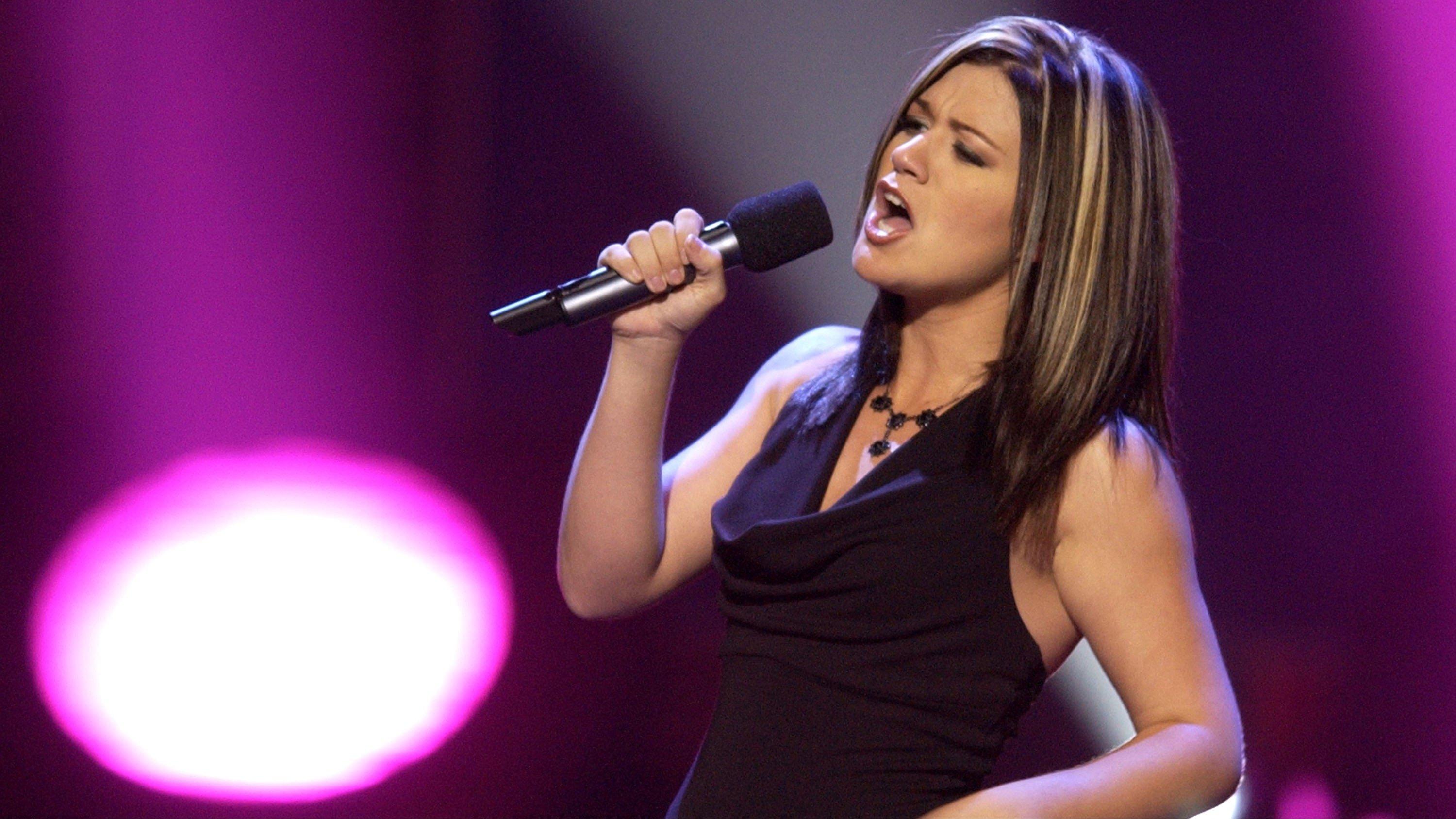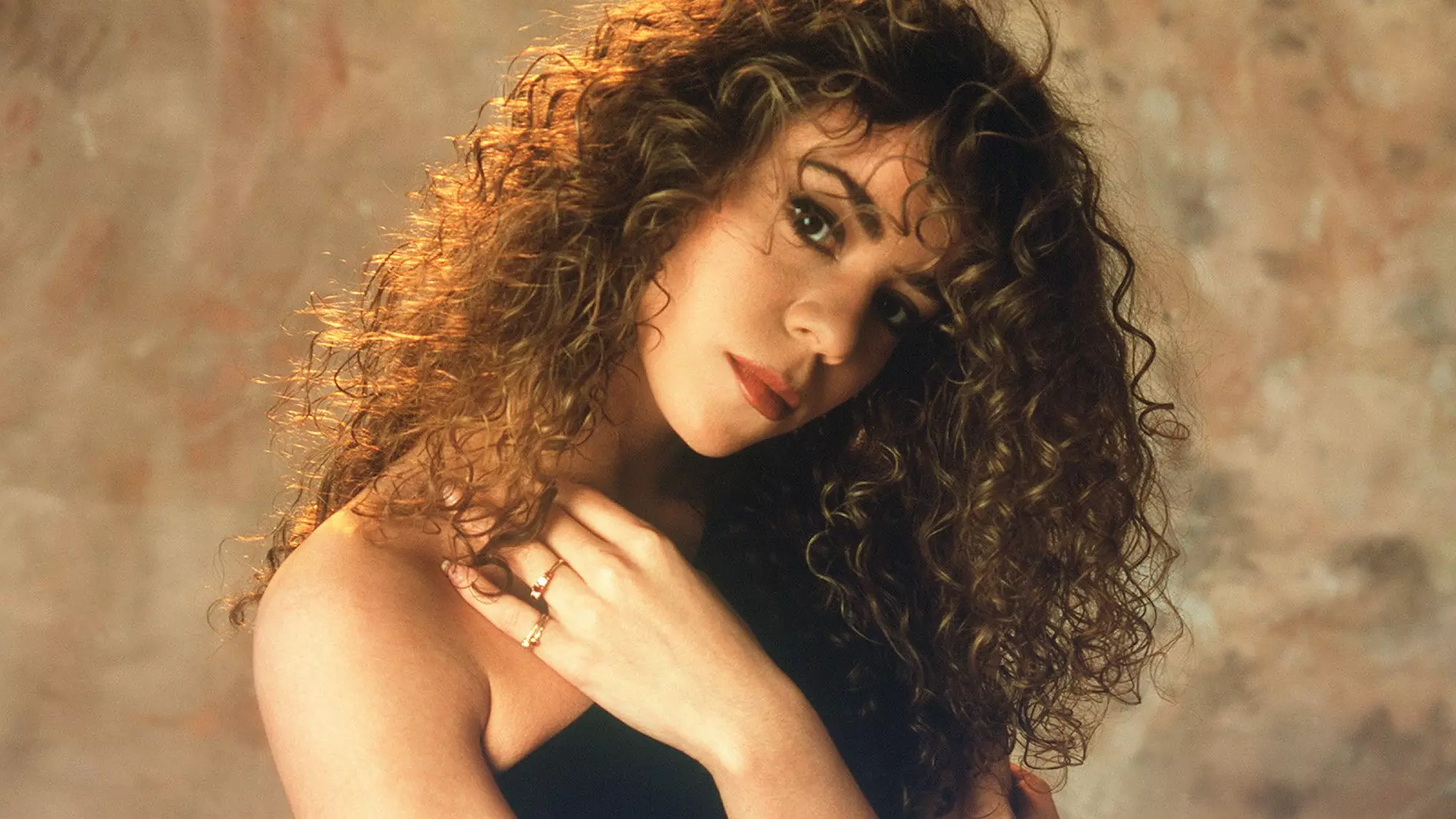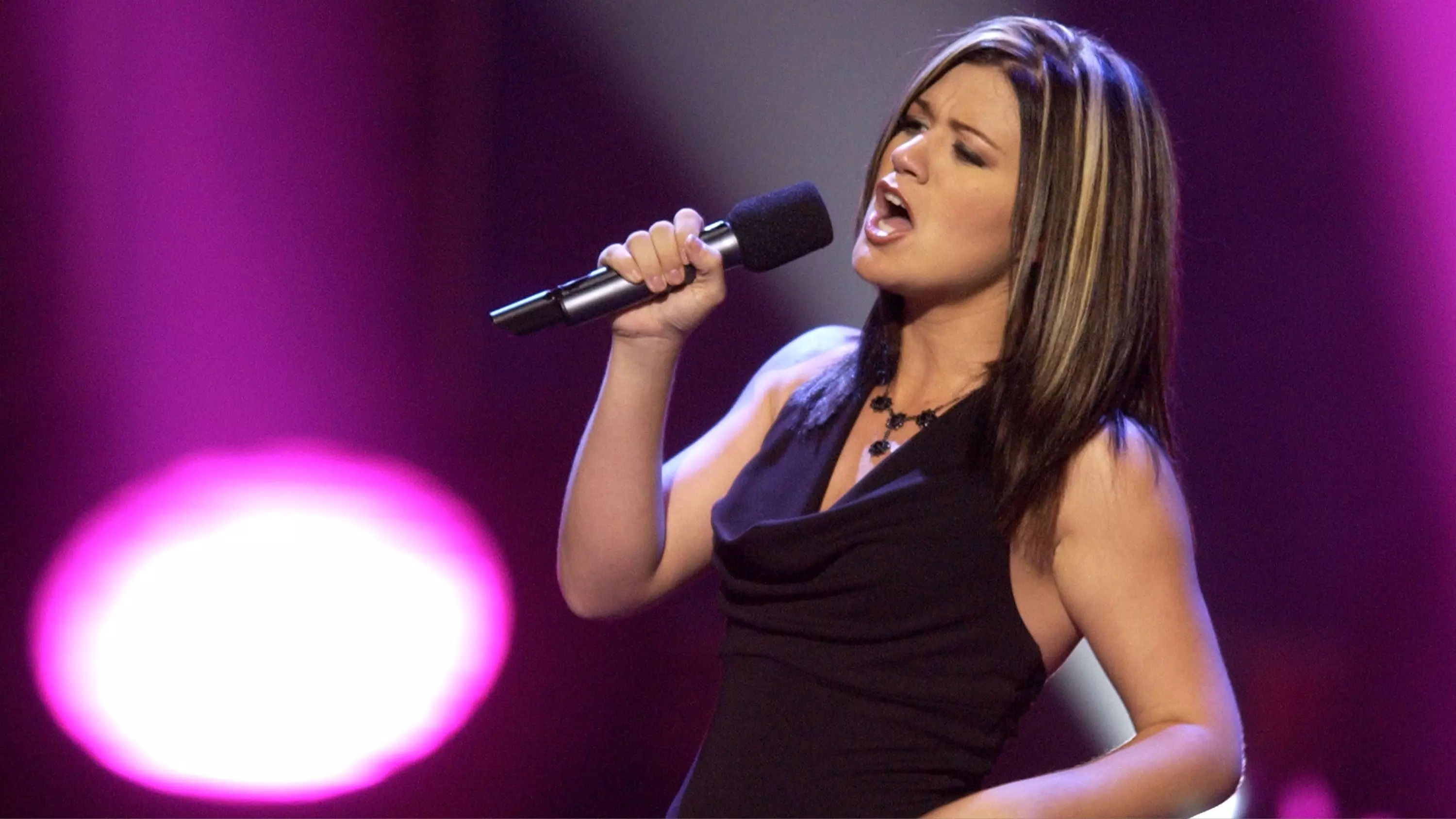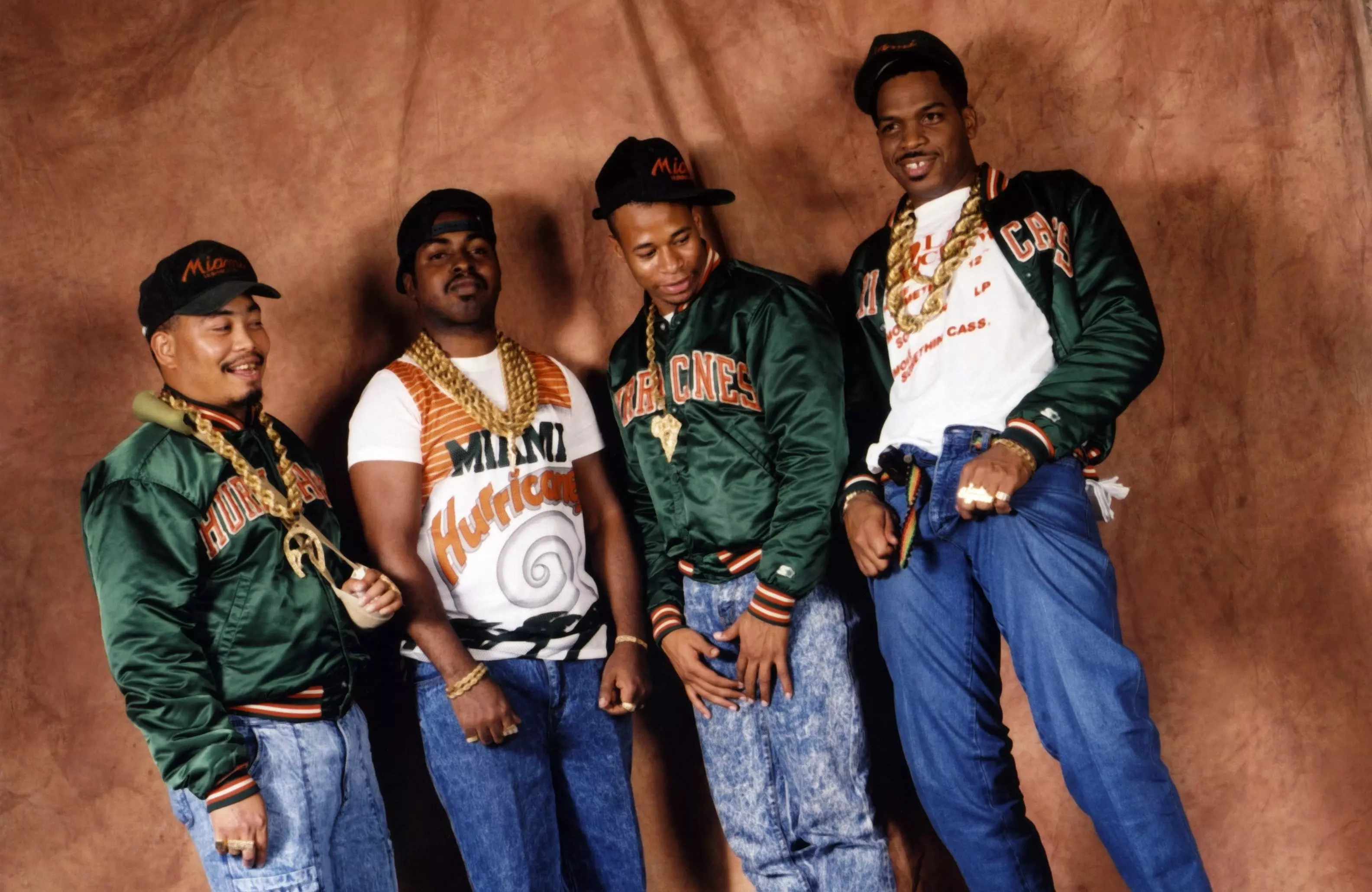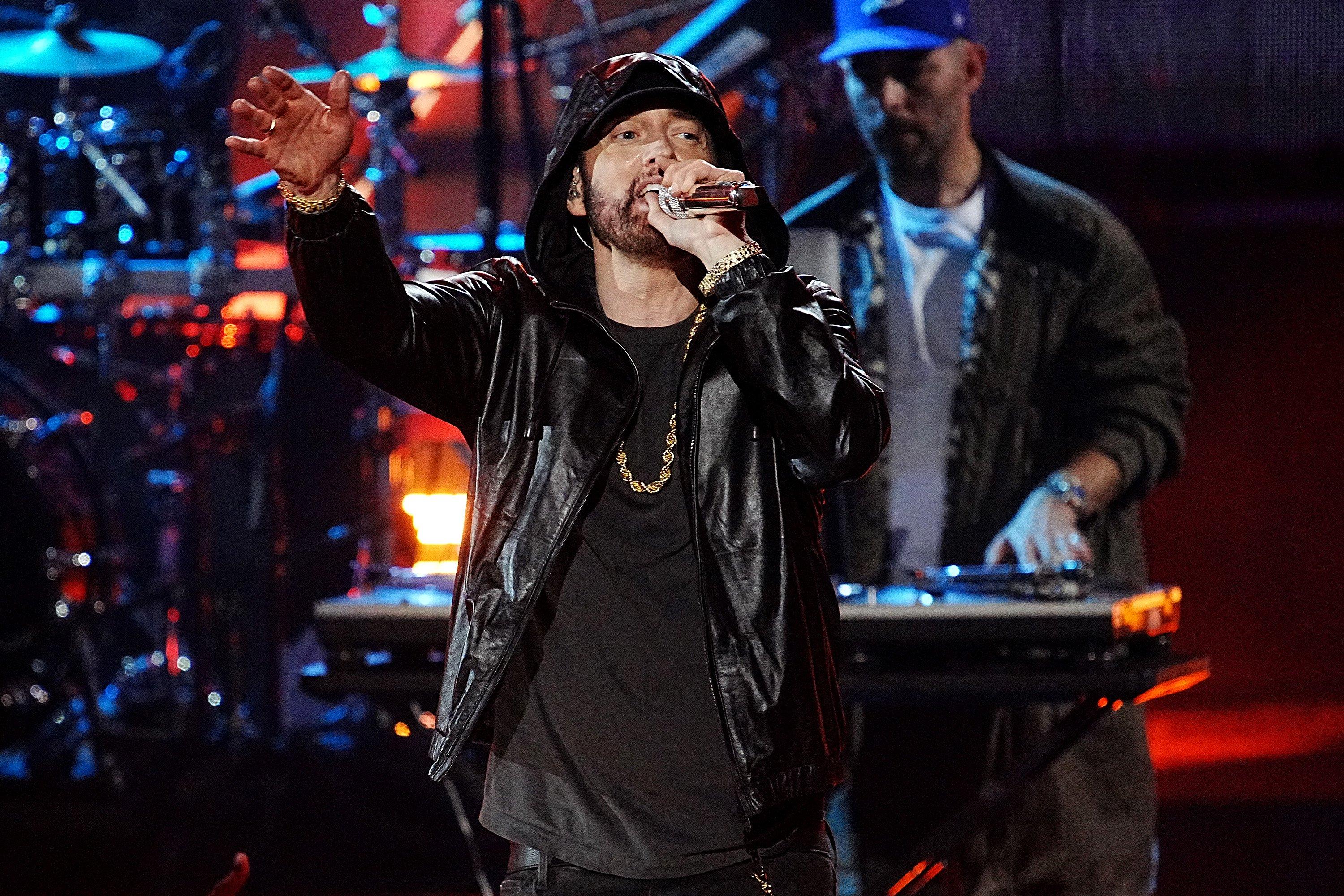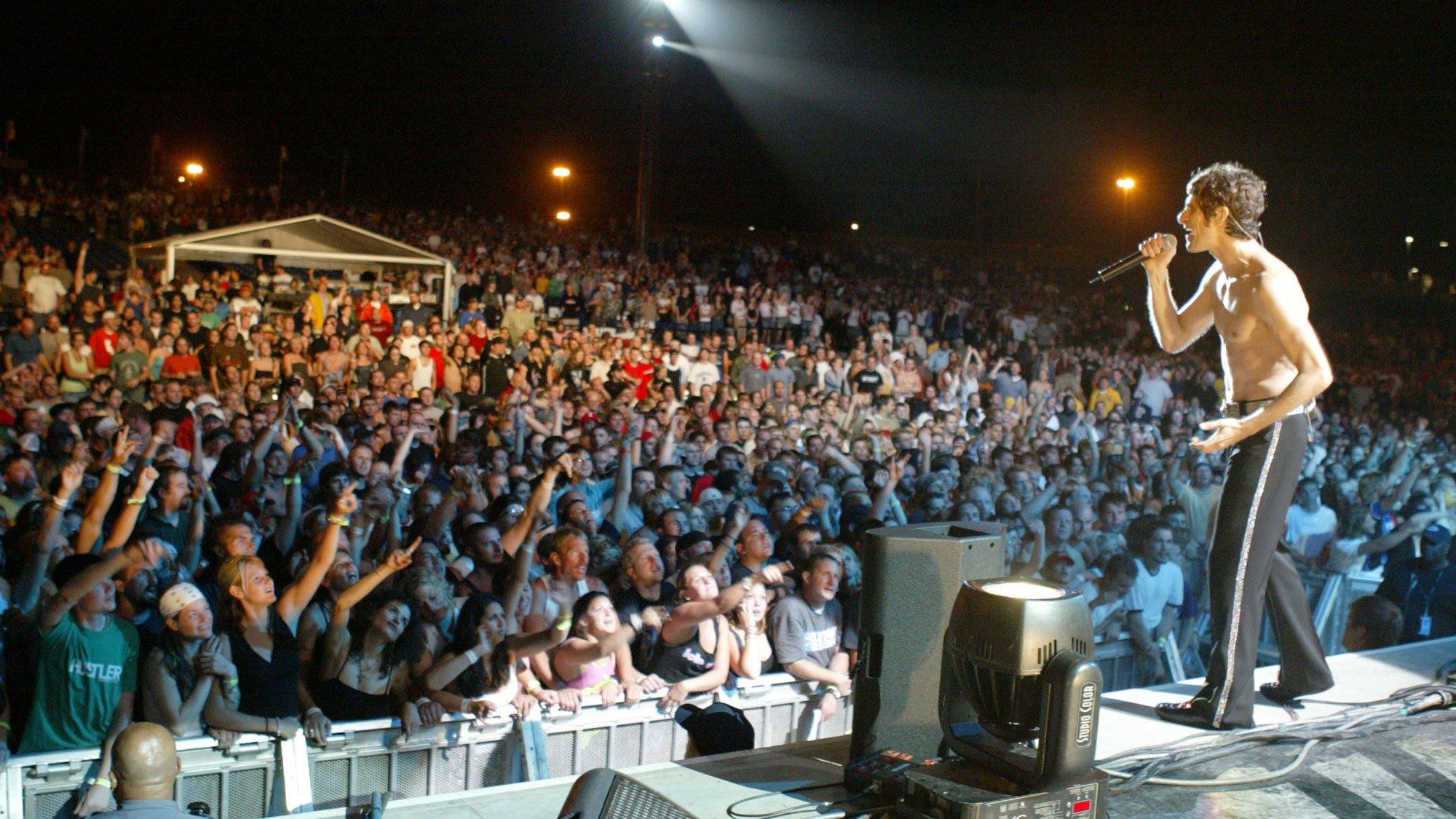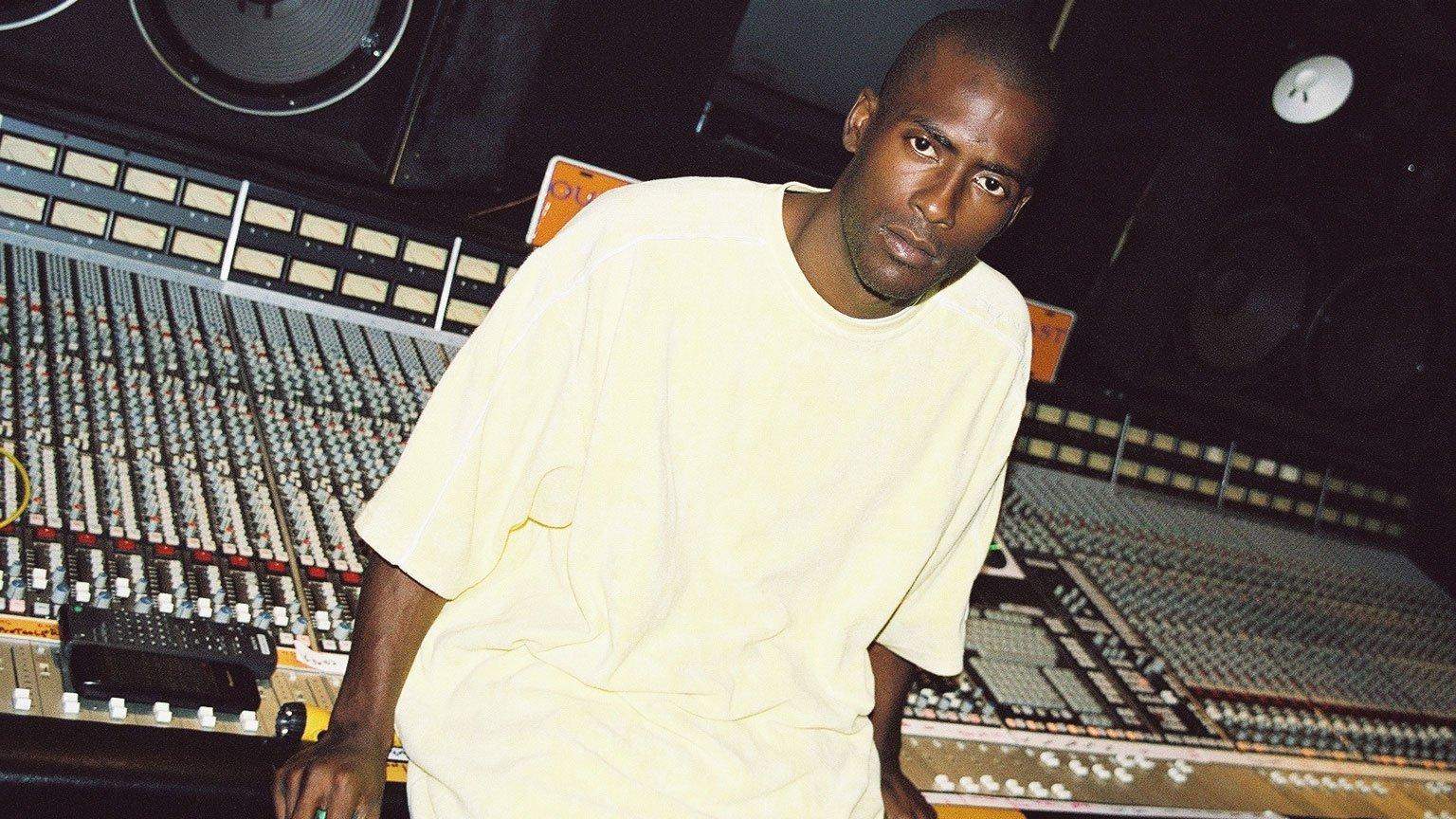By Matt Sycamore
Just as music is constantly shifting and evolving, the Bonnaroo Music and Arts Festival, which took place June 7–10 in Manchester, Tenn., also continues to steam ahead into the future. From this year's creative and adventurous lineup and the evocative, daring sets that took place, to improvements to the festival grounds and concert-going experience, Bonnaroo once again proved why it's among the elite on the U.S. summer music festival circuit.
Before even entering Centeroo, the main festival area, there was a sense of the anything-goes attitude that has transformed Bonnaroo from a jam-and-folk-only hootenanny in 2002 to its present-day smorgasbord of all-encompassing tastes and influences.
Bonnaroo has always done things with precision and intelligence, and this year's addition of microchip bracelets and scanners made festival entry and moving around from each of the five main stages — What Stage, Which Stage, This Tent, That Tent, and Other Tent — easier than ever. But that's enough about pre-entry, let's talk about the music.
Friday's headliner, Radiohead, made their second Bonnaroo appearance (following a headlining set in 2006) an unforgettable one. Basking in the blipping glow of digitally colored light and fleeting images of the band members that covered the main What Stage backdrop in a modern-art mélange, drummer Phil Selway's tribal, next-generation beats kicked off a performance of "Bloom" from their latest album, 2011's GRAMMY-nominated The King Of Limbs, beginning a two-hour, 25-song sonic journey that defied convention, as always.
At one point late in the set, Yorke told the crowd, "Have a suitably messed up weekend!" Most Bonnaroo patrons were way ahead of him, having hammered in their tent poles on Thursday and already experiencing some of the warm-up acts, such as the well-attended popsmiths known as Dale Earnhardt Jr. Jr. and the startling musicianship of the Austin, Texas, quartet White Denim.
Also featured in Friday's lineup was up-and-coming Los Angeles alt-country outfit Dawes, whose spirited late-afternoon set included a playful cover of Paul Simon's "Kodachrome," and Canadian chanteuse Feist, who performed in the early-evening heat on the Which Stage. Ludacris drew a huge, adoring crowd for his performance in That Tent, while the largest non-Radiohead crowd was reserved for Los Angeles-based pop/rock trio Foster The People.
Frontman Mark Foster said earlier in the day that the success of the band's GRAMMY-nominated single "Pumped Up Kicks" had quickly propelled what used to be a club act into festival regulars and that he's been forced to change his game a bit.
"It's a different stage persona you need to step into," Foster said. "I'm not going to get up there and tell a story about my grandmother in 1994 at Christmas around the tree. It's more, 'Hey! Get up! Yeah!' But I don't want to be the guy starting a riot with what I say. There's a certain respect."
Meanwhile, Dawes frontman Taylor Goldsmith couldn't help but respect the importance of landing a slot at Bonnaroo for artist development. Dawes, for example, wowed a crowd at the 2010 festival on a very small stage, but this year came back to perform before a much bigger audience.
"It was a game-changer for us," Goldsmith said. "It really opened certain doors, and that's … what a festival can do for a small band."
Saturday featured one of the festival's most eclectic mixes in recent memory, and included metal and punk rock in the form of veterans Alice Cooper and Glenn Danzig, plus the ageless Bad Brains, Gaelic stompers Flogging Molly and Puscifer, the latest project by Tool genius Maynard James Keenan; hip-hop with the Roots, Das Racist and GZA; headliners the Red Hot Chili Peppers, who delivered hits such as "Give It Away," "Under The Bridge" and a cover of Stevie Wonder's "Higher Ground." Skrillex blew minds into the earliest hours of Sunday morning with his powerful dubstep and electro-house creations.
As Red Hot Chili Peppers bassist Flea said, "I feel peace and love and kindness everywhere I walk around here."
That mood continued into Sunday's final day, a jam-packed bill with the emphasis, appropriately enough for the history of the festival, on "jam" bands. While there were departures from noodle rock in standout sets from Canadian alt-country rocker Kathleen Edwards, indie rock stalwarts the Shins, legends such as Kenny Rogers, who was joined by surprise guest Lionel Richie, the Beach Boys, and a comedy set from Steven Wright, the 2012 edition of Bonnaroo fittingly ended with a four-hour marathon performance from this generation's kings of all jam bands, Phish.
While lead guitarist Trey Anastasio quenched the crowd with his liquid riffing, there were a few pleasant surprises, such as Rogers enlisting Phish as his backing band for a classic rendition of "The Gambler." There were also plenty of unsurprising pleasantries in Phish's set, including crowd-pleasing performances of "Possum," "Wilson," "Harry Hood," the Velvet Underground's "Rock & Roll" and, for good measure, the American standard "Rocky Top."
As the multitudes settled back into their stay on the campgrounds to enjoy one more night of escape from reality until next year, a band that has been around since day one of Bonnaroo could put it all in perspective. Umphrey's McGee, who performed during the festival's first year in 2002 and made their Friday set their seventh such appearance, summed up the vibe well.
"It's a Super Bowl mentality when you're up there at Bonnaroo," said Umphrey's McGee guitarist Jake Cinninger. "I'm sure every band that walks into the confines is under so much pressure to deliver, but there's also a universal buzz. It's the pinnacle of summer festivals."
(Matt Sycamore is a Pacific Northwest-based freelance music writer.)

